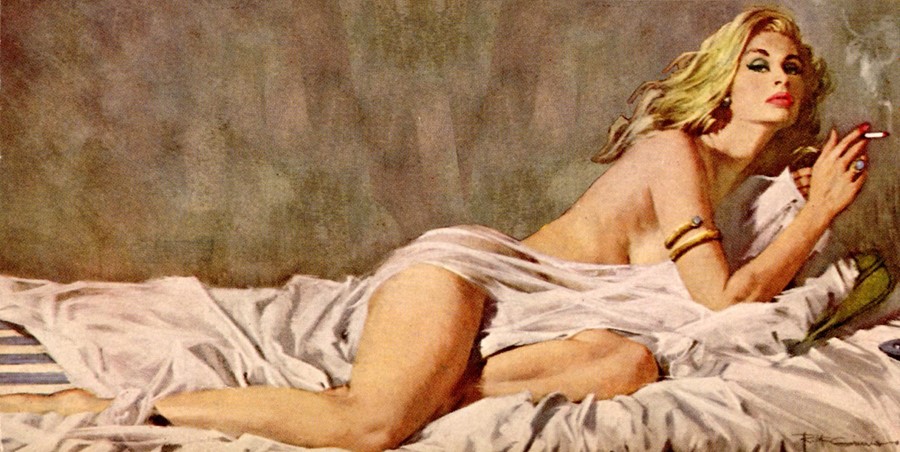For A/W17, Mrs Prada enlisted the work of artist Robert McGinnis to decorate her well-heeled heroines, calling on a long-established history of poster pin-ups
Who? It takes a very particular kind of modesty to create some of the most oft-seen poster and book cover artwork in the world in the knowledge that, admired though it may be, few will ever put your name to it. Such is the case for American artist Robert McGinnis who, with 1,200 paperback book covers and more than 40 film posters in his archive of work, might be one of the industry’s most prolific craftsmen. That the iconic imagery for 1961 release Breakfast at Tiffany’s, busty depictions of 1968 sci-fi babe Barbarella and a significant portion of the James Bond film franchise are included in his back catalogue is no small feat.
Born in Ohio in 1926, the young McGinnis apprenticed at Walt Disney Studios and studied Fine Art at Ohio State University before taking a break from his métier to do national service with the Merchant Marines. Returning to the art world in 1953, he began creating commercial artworks for various magazines and, by the time he was approached by peer Mitchell Hooks in 1958 – a point which marked the beginning of the long and fruitful line of paperback covers for which he is best-known today – was well on his way to creating his legacy.
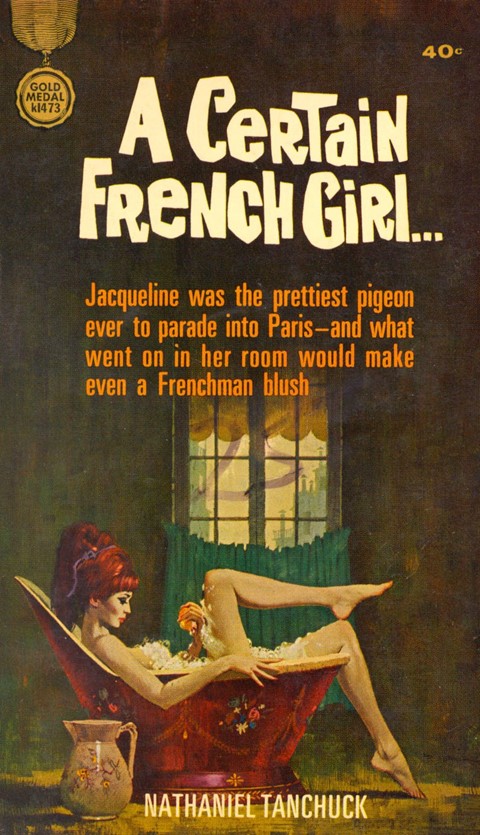
Such is McGinnis’ talent that though the pulp novels which helped him to make his name have long-since been discarded for more graphic, or photographic, alternatives, he remains a stalwart of his craft. His work in movie posters, which began with the iconic 1961 film Breakfast at Tiffany’s and has since expanded to encompass scores of others, is unparalleled; now, thanks to a collaboration with Mrs Prada – she called upon him for the artwork which was imprinted upon her A/W17 collection – he can add fashion to his roster, too.
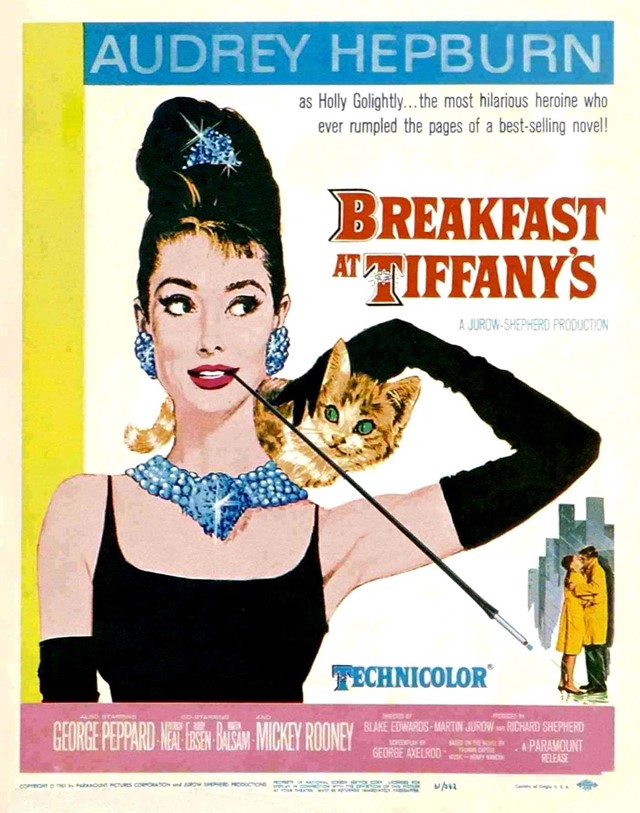
What? From when it was first established in the 1890s until its decline in the late 20th century, pulp literature was the lifeblood of pre-digital popular culture in the Western world. Inexpensive both to make and to buy, these books and magazines – their respective topics spanning adventure, fantasy, romance and sci-fi, among others, all of which are dwarfed by the enduring legacy of the brilliantly smutty soft-core erotica field – were passed through society hand to hand in an easily digestible dose of drama and sensationalism.
For McGinnis, the breadth of subject matter comprised in this field made it an ideal sphere for his diverse talents; he is as adept at summoning Old West scenes from his imagination to suit film advertisements as he is illustrating seductive portraits of Hollywood sirens. (Brilliantly, he is rumoured to have once asked for a dress worn by Sophia Loren in the film Arabesque to be sent to him for a model to wear, so as to be sure he mastered its shape perfectly for the corresponding poster.)
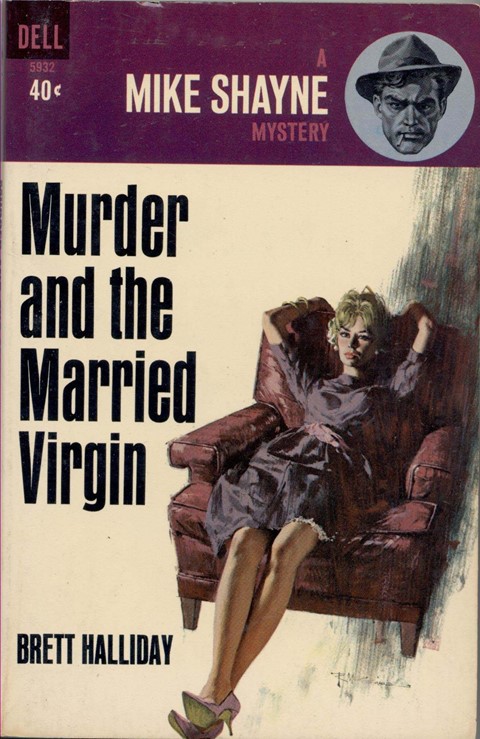
Why? For A/W17, it was exactly this delicate combination of sexuality and poise which Mrs Prada looked to McGinnis to lend to the collection. Extracts from his vast archive of works appeared in poster-form on the walls of the Rem Koolhaas and OMA-designed set, which was an archetypically off-kilter take on a teenage girl’s bedroom. Several spy novels in particular, Mike Shayne’s Murder and the Married Virgin and Never Kill a Client and A Taste for Violence, among others, had their part to play; prints were to be found on skirts, both an orange marabou-trimmed and a red vinyl A-line versions, and cropped sleeveless tops.
It was a suitably unexpected collaboration; the super sensual and almost cartoonish, in McGinnis, providing a cheeky counterpoint to the personal-as-political theme so central to Mrs Prada’s vision. Sensuality was the main character, here, and Mrs Prada’s decision to collaborate with the poster artist deftly illustrated that, in an ever-changing world, the tools of temptation remain much the same now as they were in McGinnis’ mid-century heyday. At the heart of the process? “Seduction. How seduction is necessary,” she told Susannah Frankel. “Do we really still use the same instruments of seduction as we used 50 years ago? So the problem of women, wanting to appeal, wanting to be beautiful, but how, if you are intelligent, do you do that? It’s the usual argument but an argument that was never really properly discussed and which we probably should discuss again.”
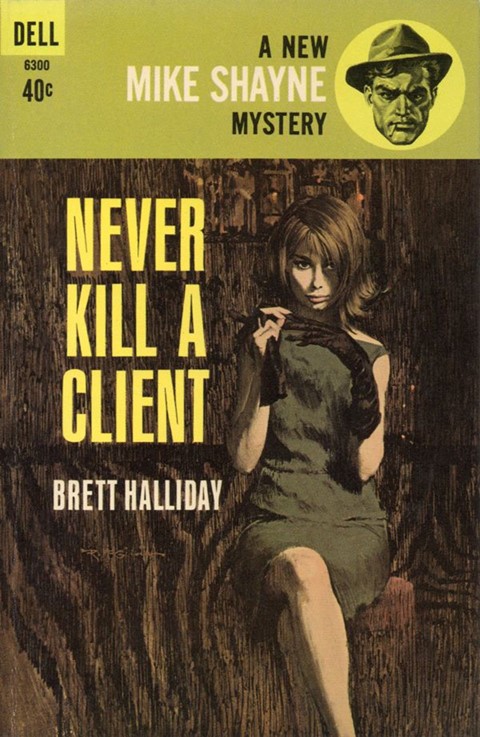
Read the full story about Prada A/W17 here.
